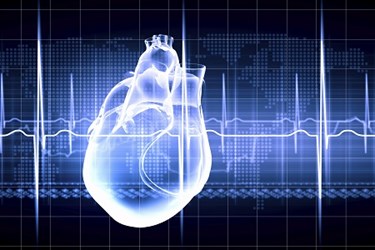Cardiac Therapies Advance At Double-Digit Rates

By Christine Kern, contributing writer

Emerging cardiac therapies are catalyzed by next-gen technology and innovation.
The emerging cardiac therapies market is experiencing double-digit growth, thanks in large part to innovative product and next-generation technology, according to a report from Frost & Sullivan’s Transformational Health team. The growth is being driven by the growing adoption of minimally invasive procedures, advancements in technology, a rising aged population, and reimbursement policies that support new technology. As a result, Frost & Sullivan says Cardiac original equipment manufacturers (OEM) need to invest in product branding and procedure awareness among clinicians to leverage this trend and overcome adoption barriers.
Market Analysis of Emerging Cardiac Therapies in the United States and Western Europe, Forecast to 2020, a recent insight from Frost & Sullivan’s Advanced Medical Technology Growth Partnership Service program, explores four key market segments: transcatheter aortic valve implantation (TAVI), transcatheter mitral valve repair (TMVR), endovascular aortic repair (EVAR), and left ventricular assisted device (LVAD) to provide revenue forecasts, reimbursement trends, drivers, restraints and top company profiles.
“Partnerships and acquisitions are rampant and necessary for this market,” explains Soymya Rajagolpalan, Transformational Health Industry Principal. “Strategic partnerships increase the capability of the companies to identify growth opportunities, gain first-mover advantage, and achieve significant product development in a highly consolidated ecosystem.”
As new innovative product and next-generation technology allows for the launch of new devices, competition will intensify over the next five years, though the current emerging cardiac therapy implants market will likely be commoditized by 2030.
“Metronic, Boston Scientific, Abbott Laboratories, and Edwards Lifesciences are shifting away from traditional business models and engaging in the creation of revenue-generation product solutions and service-centric business models that create value for their customers rather than being a pure-play device manufacturer and seller. This will drive market penetration in the near term,” says Rajagopalan.
The study also revealed the chief obstacle for emerging cardiac procedures is adoption barrier and reimbursement, though these challenges are being addressed.
